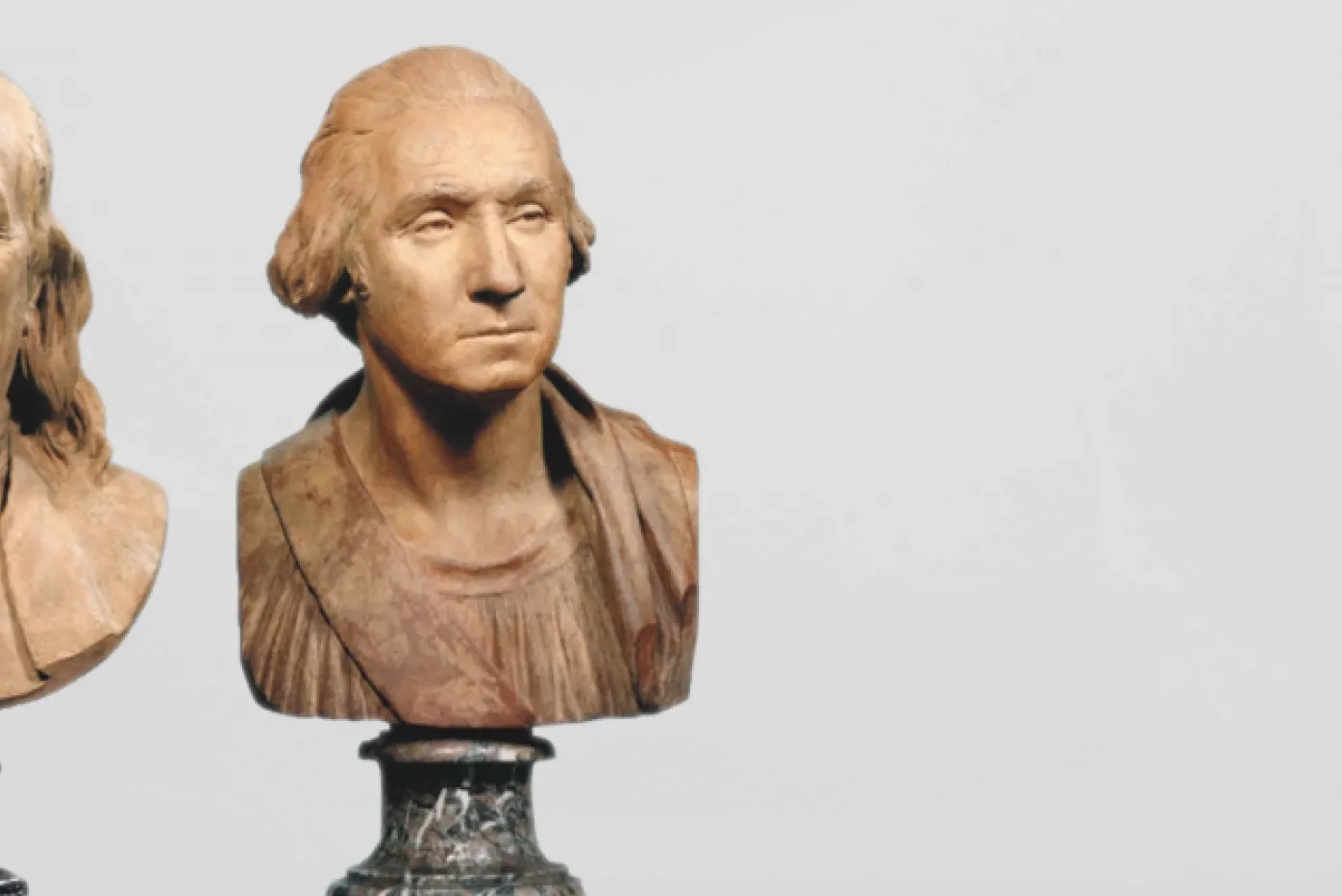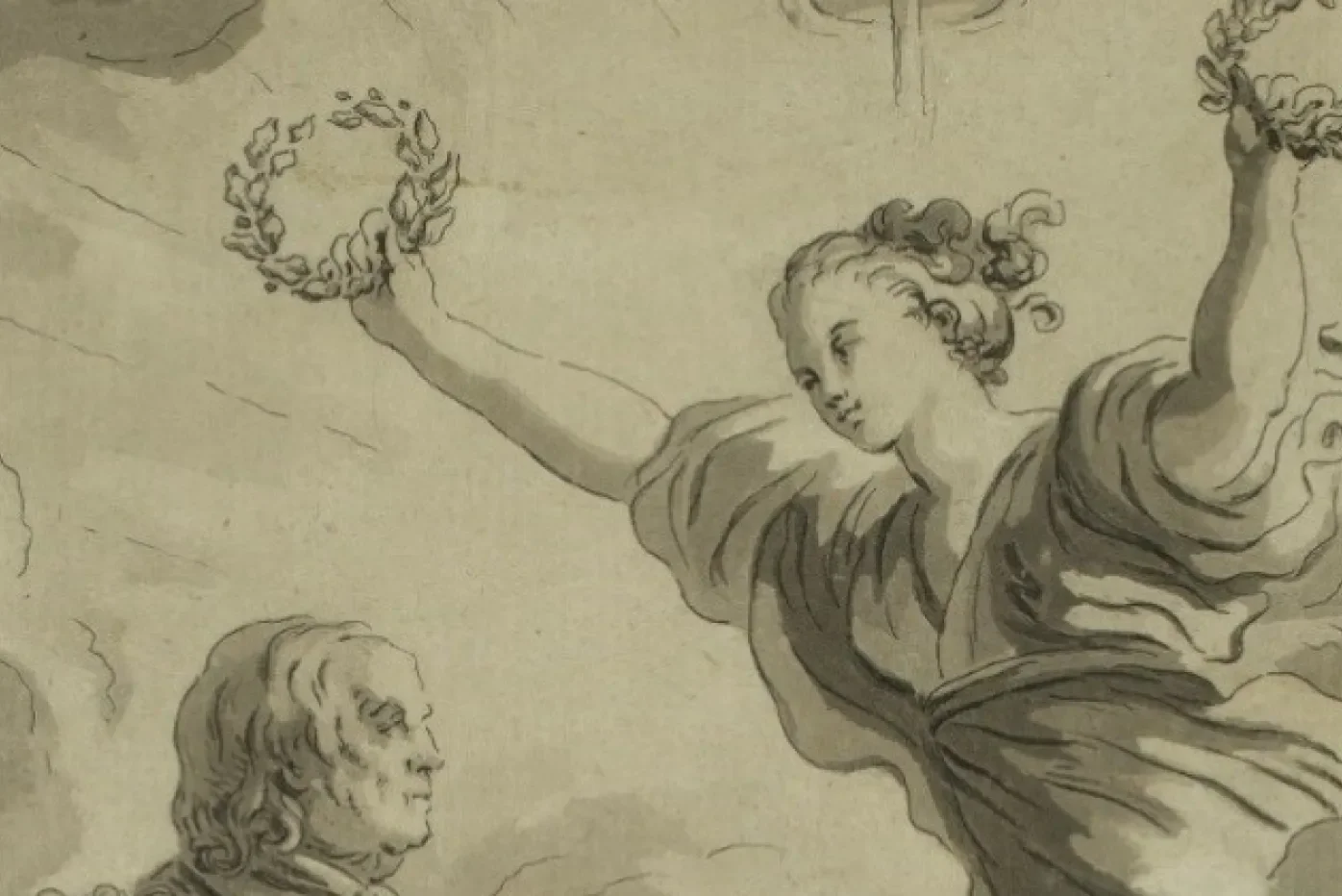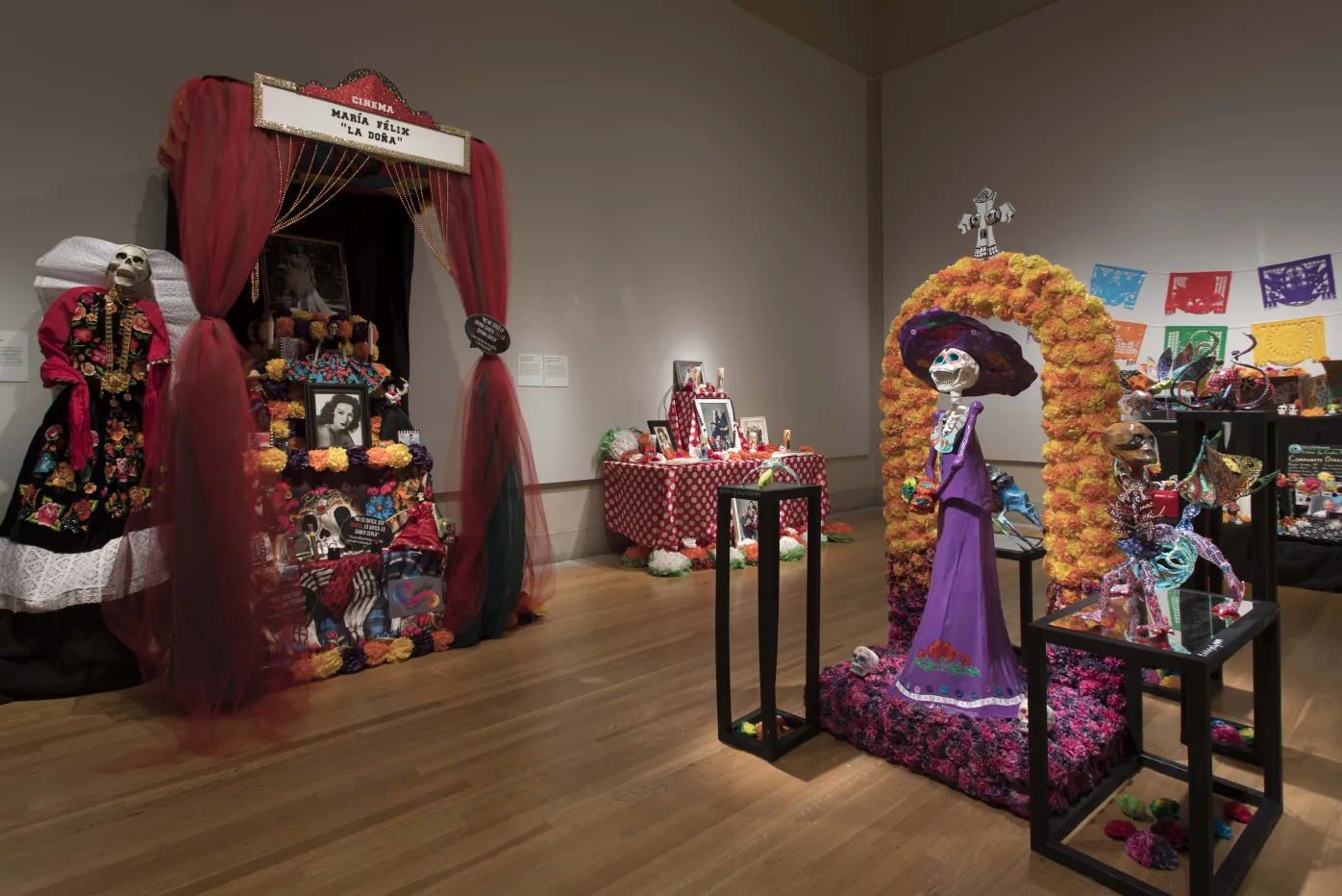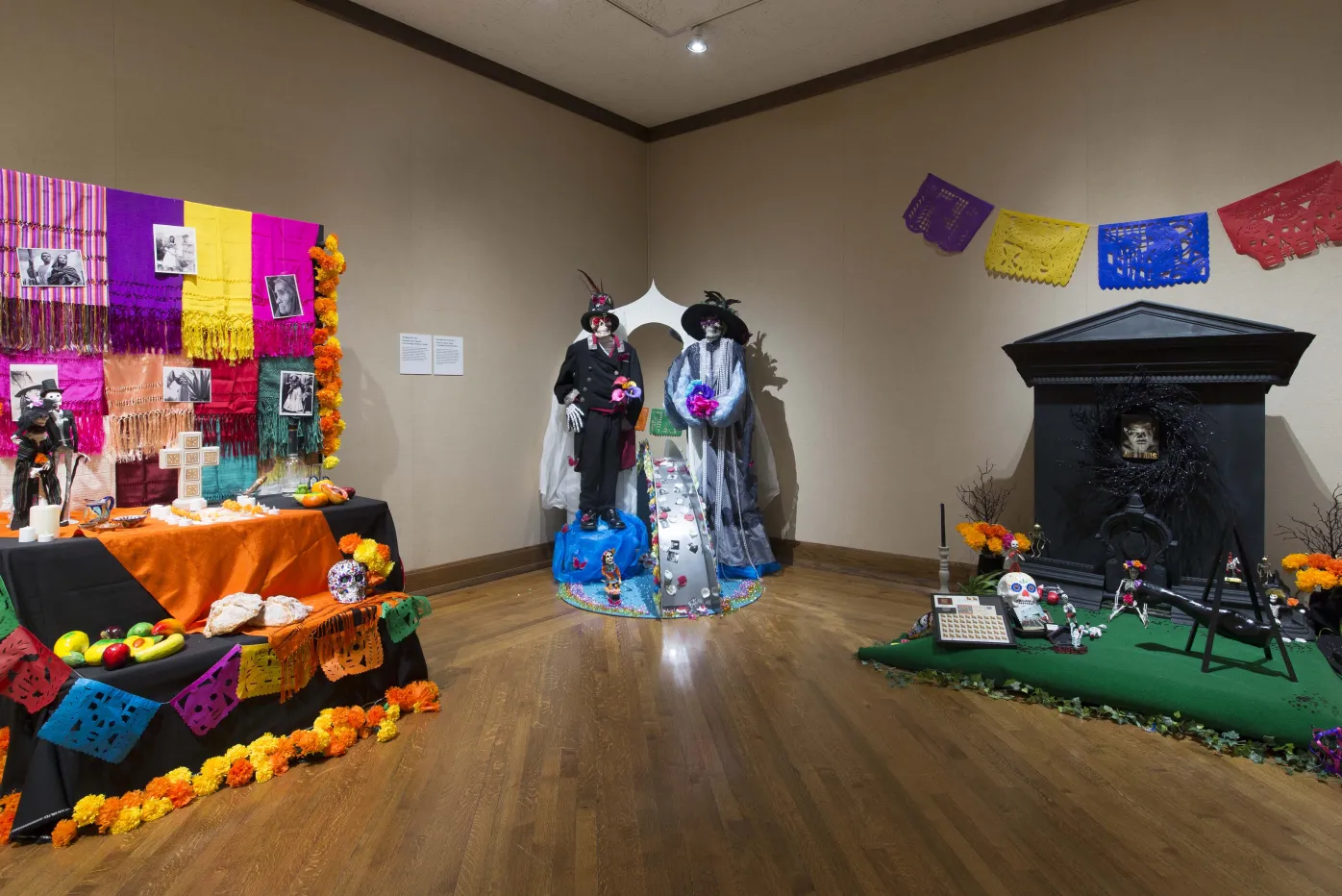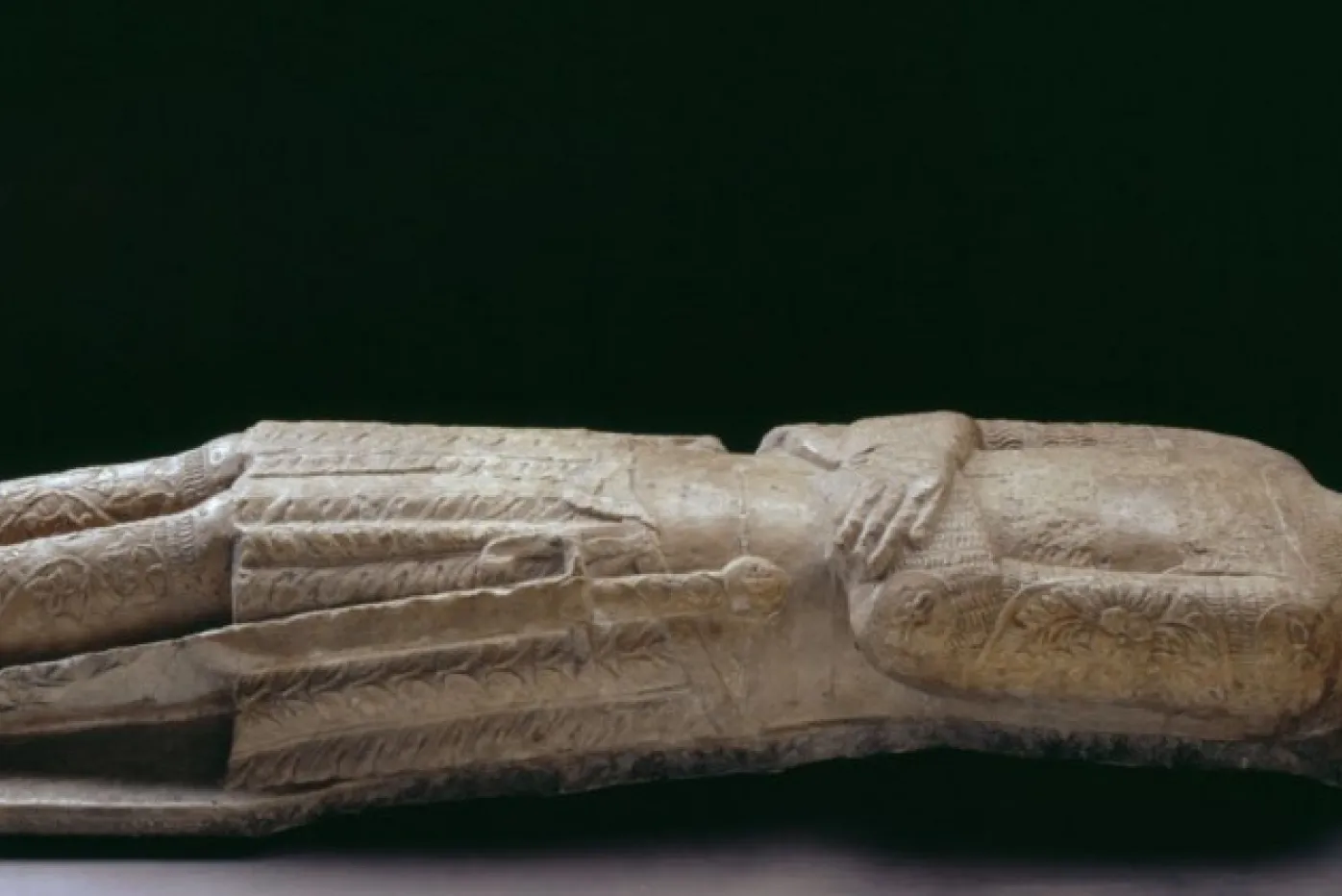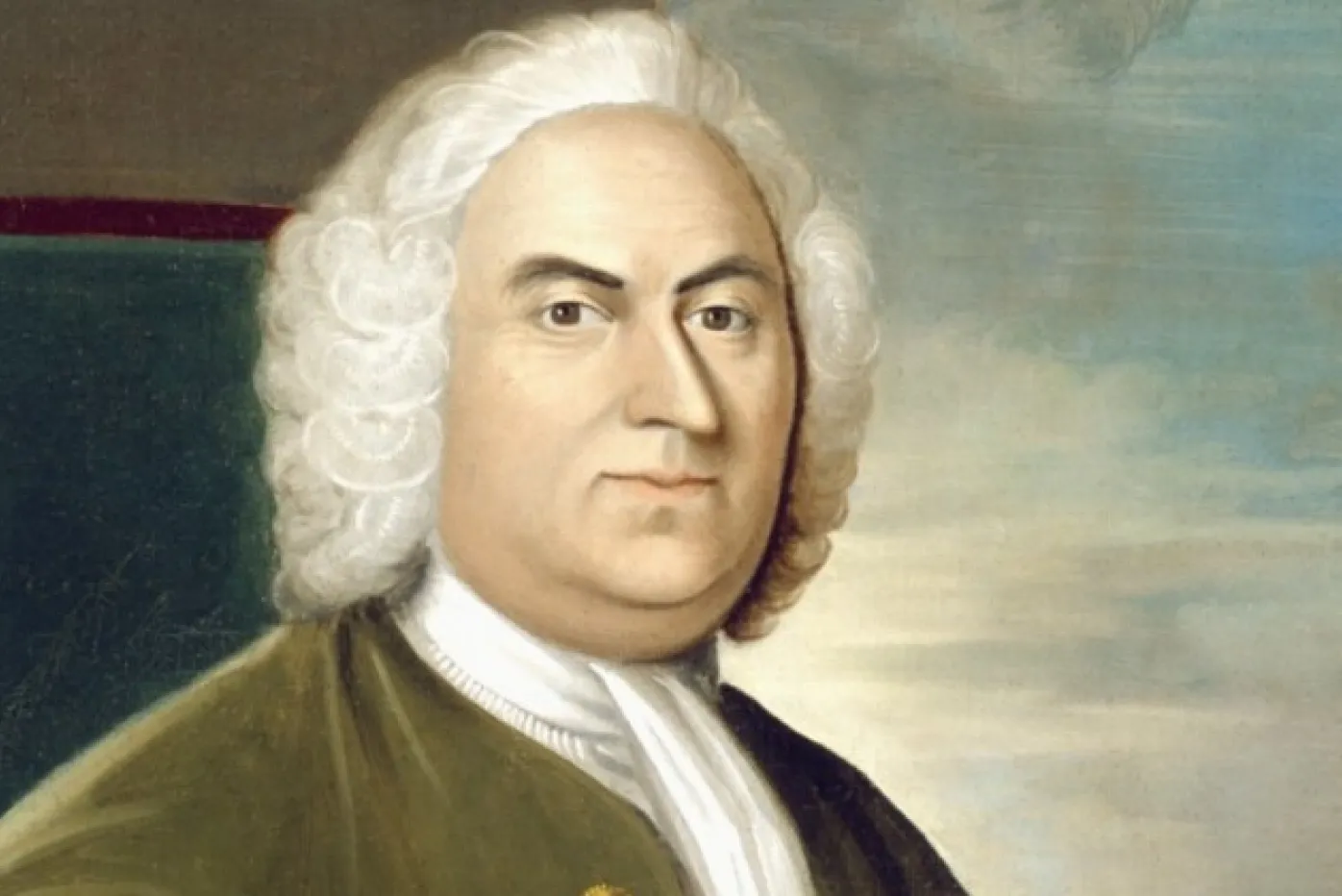DIA At Home | Family Art Project: Neighborhood Collage
Updated Jul 20, 2022
Creating a piece of art from smaller pieces of paper, fabric, or other objects is known as collage. American artist Romare Bearden, developed his unique approach to collage in the 1960s, as seen in his 1971 Stamping Ground, that captures the richness of contemporary African American life in a New York neighborhood.
Create your own collage, inspired by Romare Bearden’s Stamping Ground, using things you have around the house to show your neighborhood, or another favorite place. Think about who lives there, what kind of buildings do you see, or what sort of plants start popping up this time of the year. Before you glue the paper down, try out arranging and overlapping the pieces in different ways.
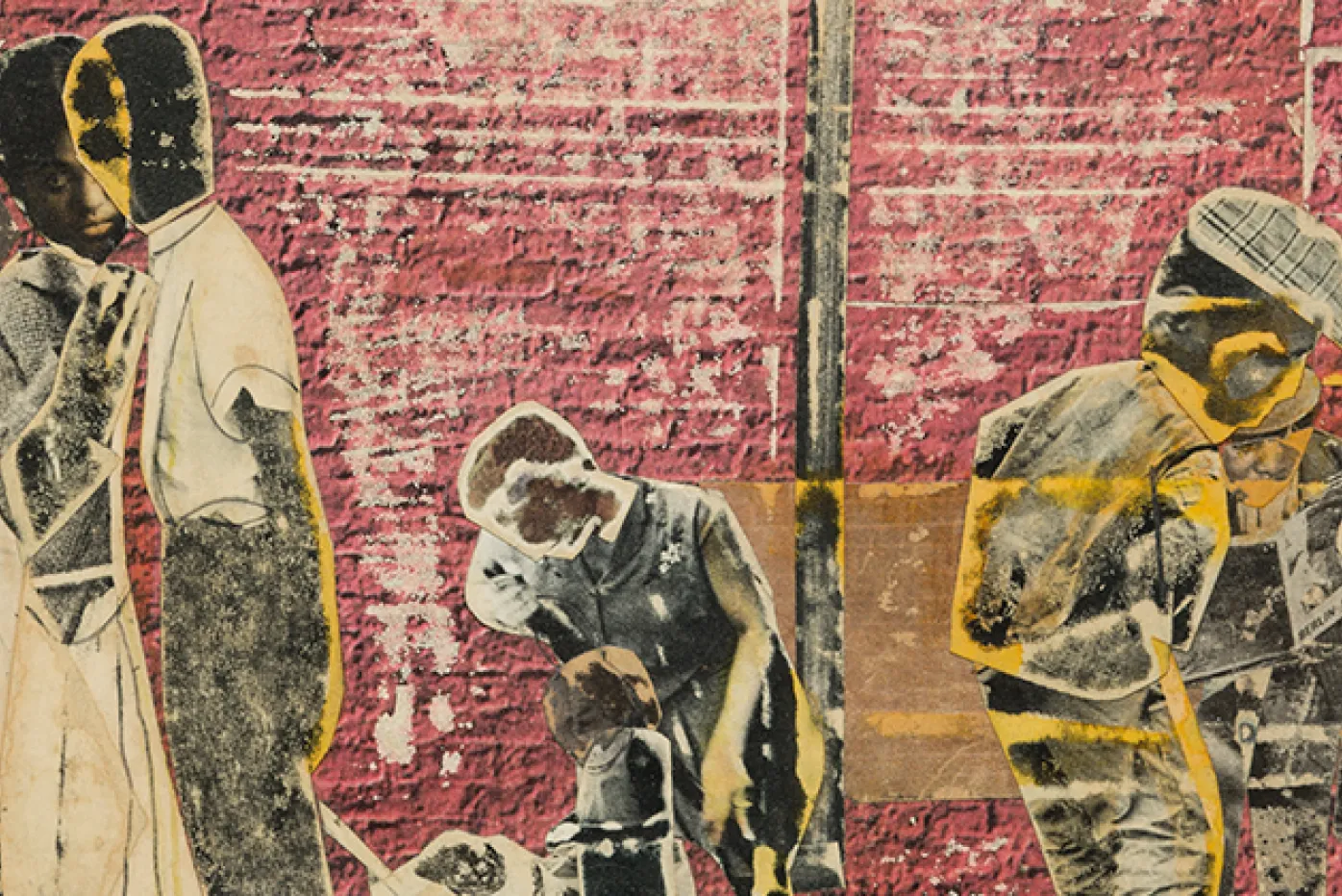
Romare Bearden Collage
Creating a piece of art from smaller pieces of paper, fabric, or other objects is known as collage. American artist Romare Bearden, developed his unique approach to collage in the 1960s, as seen in his 1971 Stamping Ground, that captures the richness of contemporary African American life in a New York neighborhood.
Create your own collage, inspired by Romare Bearden’s Stamping Ground, using things you have around the house to show your neighborhood, or another favorite place. Think about who lives there, what kind of buildings do you see, or what sort of plants start popping up this time of the year. Before you glue the paper down, try out arranging and overlapping the pieces in different ways.
